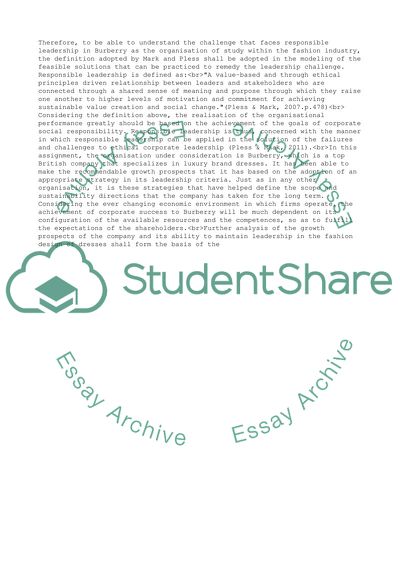Cite this document
(Leadership Critically Reflective Essay--A Case Study In focus: Essay, n.d.)
Leadership Critically Reflective Essay--A Case Study In focus: Essay. https://studentshare.org/management/1822244-leadership-critically-reflective-essay-a-case-study-in-focus-sustainable-fashion-not-sure
Leadership Critically Reflective Essay--A Case Study In focus: Essay. https://studentshare.org/management/1822244-leadership-critically-reflective-essay-a-case-study-in-focus-sustainable-fashion-not-sure
(Leadership Critically Reflective Essay--A Case Study In Focus: Essay)
Leadership Critically Reflective Essay--A Case Study In Focus: Essay. https://studentshare.org/management/1822244-leadership-critically-reflective-essay-a-case-study-in-focus-sustainable-fashion-not-sure.
Leadership Critically Reflective Essay--A Case Study In Focus: Essay. https://studentshare.org/management/1822244-leadership-critically-reflective-essay-a-case-study-in-focus-sustainable-fashion-not-sure.
“Leadership Critically Reflective Essay--A Case Study In Focus: Essay”. https://studentshare.org/management/1822244-leadership-critically-reflective-essay-a-case-study-in-focus-sustainable-fashion-not-sure.


